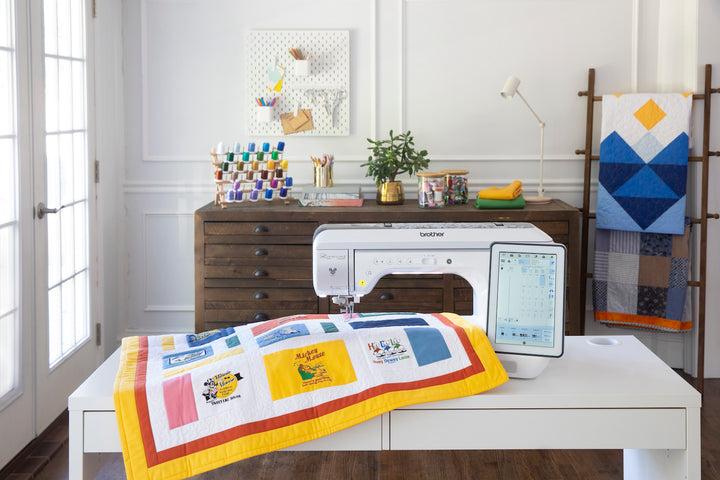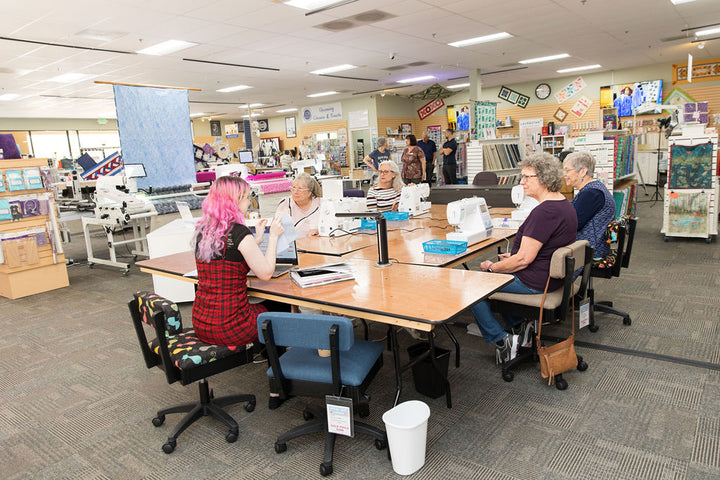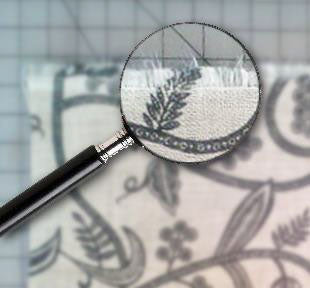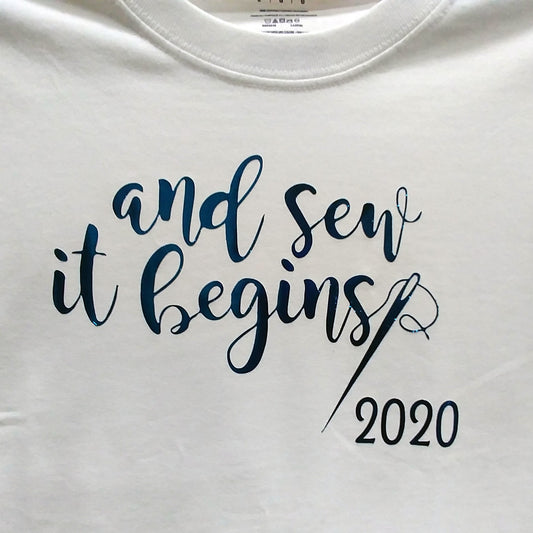 Eyelets stitched using an eyelet plate allow the side seams of this fitted vest to be tied together with jaunty silk ribbon bows, creating a playful vintage look.
Eyelets stitched using an eyelet plate allow the side seams of this fitted vest to be tied together with jaunty silk ribbon bows, creating a playful vintage look.
Eyelets, whether sewn or metal, have been in use for hundreds, if not thousands of years for both utility and decoration.
Eyelet plates have been in use for many years, and create a superior sewn eyelet compared with an embroidered eyelet. Eyelets created with an eyelet plate are stronger, and offer more decorative stitch options.
Thankfully, these eyelets are simple to make. You will need to use an eyelet plate that has been specifically designed for your model of machine. You will also need a hand or machine embroidery hoop (one that can be slid under your needle) and an awl, keyhole cutter or eyelet punch.
1. Mark the placement of your eyelets.
2. Cut a small hole for each eyelet marked.
Ideally, the hole should be just large enough to fit over the eyelet plate 'post', as shown.
3. Hoop the fabric, making sure it is held taut in the area of the eyelet.
Use some water or heat removable stabilizer to facilitate hooping if necessary.
4. Drop the feed dogs on your machine and/or set the machine for free-motion work.
If your machine has settings for both 'sensormatic' or 'spring' free-motion, select 'spring'. Set your machine for a zig-zag stitch. The width of the stitch will determine the width of the satin stitching around your eyelet.
5. Your eyelet plate will snap into the stitch plate of your machine, with the post centered under the needle.
Snap it into place. If the plate is not securely in place, it may come loose during stitching. This can cause needle breakage and possible damage. This is a good time to double-check that the width of the zig-zag or decorative stitch used does not exceed the size of the eyelet plate stitch channel.
6. Slide the hooped fabric into place, securing the cut in the fabric on the eyelet post.
7. Pull up the bobbin thread, and hold the bobbin and needle threads together for the first few stitches.
8. Stitch slowly while pivoting the hoop on the eyelet post as you stitch.
The speed of the machine and the speed at which you turn the hoop will determine the density of your satin stitches. You can go around the 'circle' as many times as necessary to create an attractive satin stitch.
That's it! I think the hardest part of all of this is simply punching the hole in the fabric. The eyelets themselves are very forgiving to stitch, as long as you cut the hole to properly fit the eyelet post. Bear in mind that the finished eyelet may be slightly larger than the post when finished, as the bias edges of the eyelet may be pulled wider by the stitch tension.
Have fun making eyelets! There are lots of fun applications - consider using them to create reverse-applique style 'portholes' over another layer of fabric or even creating Indian shisha mirror embroidery. Decorative stitches, such as the 'grass stitch' can be used to create different stitch textures around the eyelet as well.
--Katrina







